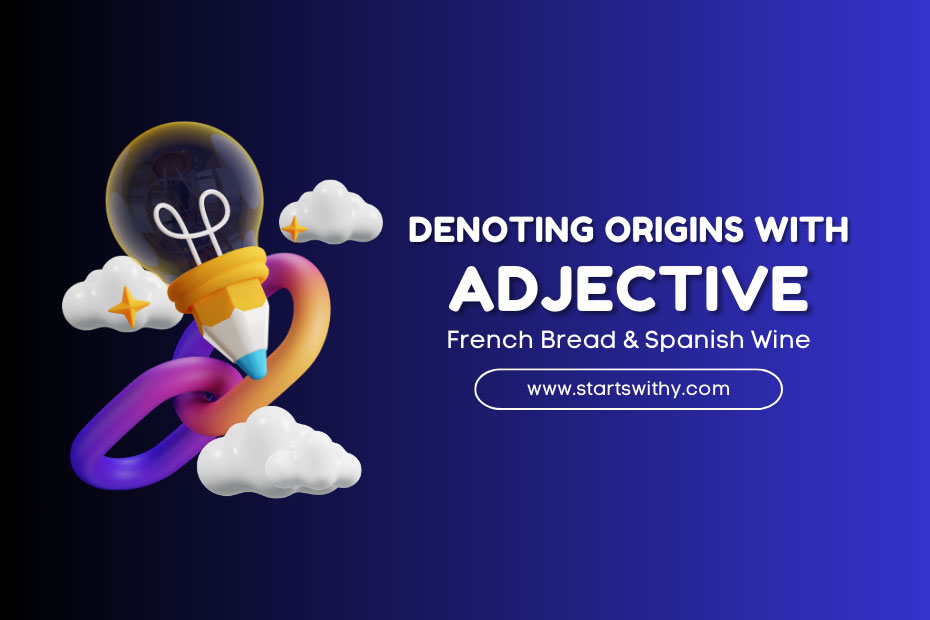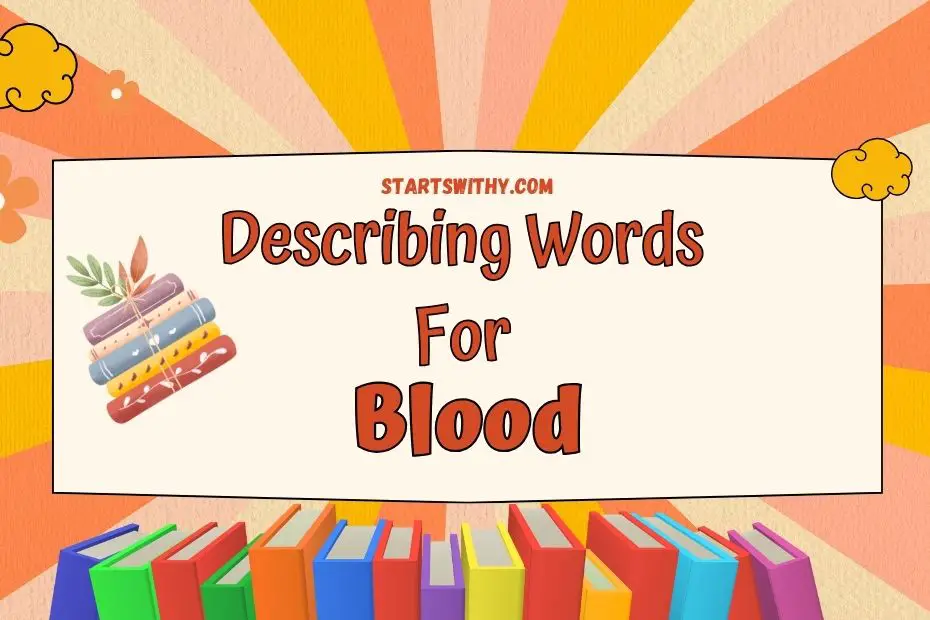Ever wandered through a bustling market, the aromas of fresh French bread wafting through the air, or sipped a robust Spanish wine while overlooking a vineyard? There’s something undeniably romantic about foods and beverages that carry the name of their origin. It’s not just about geography; it’s a nod to tradition, quality, and the very essence of a place distilled into its culinary delights.
I’ve always been fascinated by how adjectives denoting origins elevate a simple food item into something exotic and desirable. Whether it’s the allure of Belgian chocolate or the zest of Mexican salsa, these descriptors promise a taste experience that’s steeped in the culture and expertise of its homeland. Let’s dive into the world of geographical adjectives and discover why they’re so much more than just words on a label.
The Power of Geographical Adjectives
When I explore the aisles of my local grocery store, I’m drawn to words like “Italian” olive oil, “Vermont” cheddar, and “Colombian” coffee. These geographical adjectives aren’t just buzzwords; they carry a significant impact. They don’t merely describe a product; they tell a story of its history, the land, and the people that crafted it. Foods with geographical adjectives are not just items for consumption but invitations to experience the traditions and craftsmanship of their origins.
These origins denote authenticity. Authenticity is a coveted trait, especially in a world where generic-brand products abound. When a label reads “Belgian” chocolate, it’s not just pointing to a country on the map—it’s referencing centuries of chocolate-making expertise. Likewise, “Danish” blue cheese implies a specific creamy texture and sharp taste that can only come from Denmark’s unique environment and cheese-making processes.
Understanding the roots of these adjectives helps educators—like kindergarten and preschool teachers—convey the richness of our world’s diversity through simple food terms. A geography lesson can suddenly become interactive and tangible; a slice of “French” bread represents France’s boulangerie culture, and a sip of “Spanish” wine brings the sun-drenched vineyards of Spain into the conversation.
| Origin | Product | Unique Quality |
|---|---|---|
| Italian | Olive Oil | Known for its rich flavor and aroma |
| Vermont | Cheddar | Distinctly sharp and mature taste |
| Colombian | Coffee | Renowned for its smooth, mild, and nutty notes |
These geographical descriptors offer a lesson in global appreciation, inspiring curiosity and a taste for exploration. As educators, it’s a delight to see children’s eyes light up when they connect these flavorful dots across the map. The details embedded in these words help forge a preliminary understanding of culture, climate, and craftsmanship—a foundation that is both educational and delicious.
By using Food Geographies as an educational tool, we bring the world into our classrooms, giving children a zest for learning that’s as natural as the foods they enjoy.
Exploring French Bread: A Tradition of Excellence
I’ve always found that teaching little ones about different cultures becomes a delightful experience when food is involved. Among the many wonders of world cuisines, French bread stands as more than just a staple; it’s a symbol of a nation’s pride and its baking heritage.
In my lessons, I delve into the art of French baking to show how simple ingredients like flour, water, yeast, and salt transform under the skilled hands of a boulanger, which is French for baker. Artisanal techniques passed down through generations give us a variety of tastes and textures, from the crunchy crust of a baguette to the soft fluffiness of a brioche. These aren’t just breads; they’re edible lessons in geography and history.
When discussing the famous baguette, I love to share that its origin possibly dates back to the 19th century. It was during this time that steam ovens, which give the baguette its enviable crust, became a part of French baking. Paintings and literature from the era include scenes featuring this long, thin loaf, making it a cultural icon.
I highlight how each region of France brings its flavor to the table. For instance, the pain de campagne, or country bread, tells a story of the rustic French countryside, its fields and farms. It’s denser, often made with whole grain, embodying the heartiness needed to fuel a day’s work in the fields.
One thing to remember is that protected designation of origin labels ensure that only breads made using specific ingredients and methods in particular regions of France can be called by certain names. It’s not just about protectionism; it’s about preserving a culinary narrative.
Teachers can use these tidbits of information to spark children’s imaginations and encourage exploration. They learn that a simple word like ‘French’ before ‘bread’ isn’t merely an adjective, but a portal to a world of tradition, artistry, and community.
Spanish Wine: An Oenophile’s Dream
When I explore the rich tapestry of global beverages, Spanish wine holds a special place in my heart. The wines from Spain are famed for their robust flavors and impeccable heritage. Whether we’re talking about the bold reds of Rioja or the sparkling allure of Cava, Spanish wines offer a spectrum of tastes that can captivate any wine enthusiast.
The terroir, which refers to the unique environment where the grapes are grown, imprints its character onto each bottle of Spanish wine. I’ve found that the diverse climates and soils across Spain’s wine regions contribute to the distinct personalities of their wines. For instance, the arid conditions of La Mancha can yield wines with an intensity that mirrors the Spanish sun under which they are cultivated.
In the classroom, Spanish Wine can serve as a brilliant teaching point about the significance of place. Here’s a few notable regions and their specialties that I’d share with adults to further their understanding:
- Rioja: Known for full-bodied reds, primarily from the Tempranillo grape.
- Ribera del Duero: Another region that specializes in powerful reds.
- Penedés: Famous for Cava, a sparkling wine that’s Spain’s answer to Champagne.
- Jerez: The birthplace of Sherry, a fortified wine with a wide range of styles from dry to sweet.
The intricate process of winemaking in Spain, with its centuries-old traditions, is something worth delving into. Winemakers often age their wines in oak barrels, which imparts nuanced flavors of vanilla and spice, creating an elegant complexity in the bottle. Moreover, many Spanish wines are crafted to pair seamlessly with food, reflecting the convivial Spanish approach to meal times where wine is a guest at every table.
Understanding that the adjective “Spanish” speaks volumes about the history, culture, and geographies that shape each glass can enhance both appreciation and vocabulary. When discussing these wines, I emphasize not just the flavors but also the storied craftsmanship that goes into every vintage.
Beyond Geography: The Cultural Significance of Origin Denotation
As a seasoned blogger with a penchant for uncovering the layers of significance behind what may seem like simple adjectives, I’ve come to appreciate the depth they add to our understanding of the world. When I think about how French bread and Spanish wine carry their countries’ names, I see a tapestry of cultural heritage woven into every loaf and bottle.
Teaching young learners about these adjectives transcends geography; it means sharing with them a narrative of human endeavor. I often find that through these stories, children not only enhance their vocabulary but also build a bridge of empathy toward diverse traditions. My discussions about French artisanal bread, for instance, lead into tales of bakers rising before dawn, a ritual practiced for centuries. These are stories of meticulous craftsmanship that embody a nation’s historical timeline.
Likewise, Spanish wine isn’t just a beverage to uncork at meals. It represents generations of winemakers who have tended their vines through changing seasons, armed with knowledge passed down through time. When I convey the essence of Spanish wine to my readers, I’m inviting them to consider the dedication that goes into its creation from vineyard to vintage.
Embracing the significance of origin in denotation provides a valuable context and brings life to these nouns, transforming them into vivid cultural icons. These words enable us to introduce young minds to an array of:
- Cultural practices
- Histories
- Values
- Geographic narratives
It’s my hope that when teachers integrate these concepts into their curriculum, they’re infusing each lesson with a richer palette of knowledge. As children learn to say “French bread,” they’re not merely practicing a new adjective; they’re learning to taste the richness of French culture. Similarly, “Spanish wine” becomes a sip of Spanish sun, soil, and soul. It’s a delight to imagine classrooms buzzing with the energy of discovery as young students learn the profound connections between language and life.
From Swiss Chocolate to Mexican Salsa: A World of Flavors
When I think about Swiss chocolate, the first thing that comes to mind is its smooth texture and rich taste. There’s something about knowing where it comes from that adds to the pleasure of each bite. Like French bread and Spanish wine, Swiss chocolate carries a legacy of precision and tradition. Swiss chocolatiers have honed their skills over generations, perfecting the art of chocolate making. It’s not just candy; it’s the embodiment of Switzerland’s commitment to fine craftsmanship.
On the other side of the globe, Mexican salsa brings a completely different sensory experience. The vibrant colors and bold flavors are unmistakable, sparking a fiesta on the taste buds. The tradition of salsa-making is deeply rooted in Mexican culture, with each region offering its unique twist on the classic condiment. The terms “Mexican” and “salsa,” when paired, evoke not only a country’s pride but also the festivity and passion of its people.
The mention of regional specialties like these is fundamental in educating young minds. I aim to instill an appreciation for the wide variety of flavors and traditions that make up our world. When children hear “Japanese sushi,” “Italian gelato,” or “Indian curry,” I want them to imagine the lands and hands that craft these delights. It’s about giving these dishes a backstory and transforming simple food adjectives into a tapestry of cultural heritage.
Introducing toddlers to this kaleidoscope of cuisines does more than expand their vocabularies—it opens doors to understanding diversity. It’s a way to connect them with different cultures through the universal language of food. Weaving geographical adjectives into our discussions about food helps to paint a more vivid picture. It allows the young learners to explore the world through their senses, even before they grasp the complexity of global geography. This exploration through taste and language can cultivate an early appetite for learning and a lifelong respect for the vast array of traditions that flavor our existence.
Conclusion
I’ve shown how the simple act of naming foods with their geographical origins can enrich our understanding and appreciation of the world. It’s not just about tasting French bread or sipping Spanish wine; it’s about the stories, the people, and the traditions behind these beloved items. By introducing young minds to these terms, we’re not merely expanding their palates—we’re opening their hearts and minds to a world of diversity. Let’s continue to celebrate these cultural gems and pass on the value of this knowledge to the next generation. Here’s to more exploration, one delectable bite and sip at a time.



